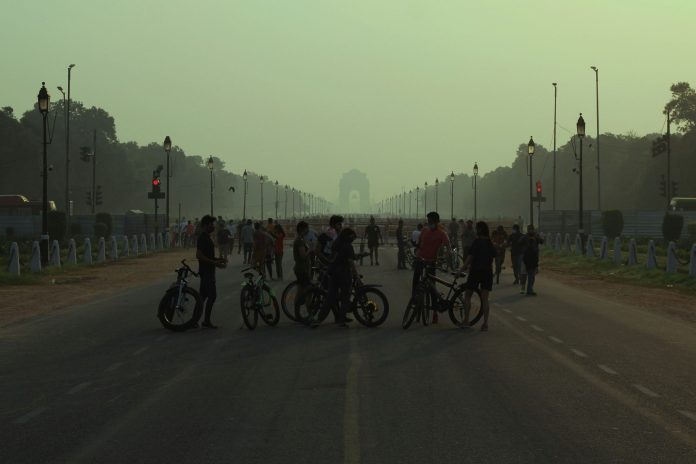Delhi air pollution spikes: AQI hits severe levels. Discover health risks & act now to protect your family!
Delhi Air Turns Deadly — A City Breathing in Poison
The Delhi air has once again turned toxic, blanketing the capital in dense, grey smog that blurs skylines and burns throats.
This week, the city’s AQI shot beyond 440, categorized as “severe” by India’s Central Pollution Control Board (CPCB).
Experts warn that PM2.5 particles, nearly 60 times higher than the WHO’s safe limit, are infiltrating every breath.
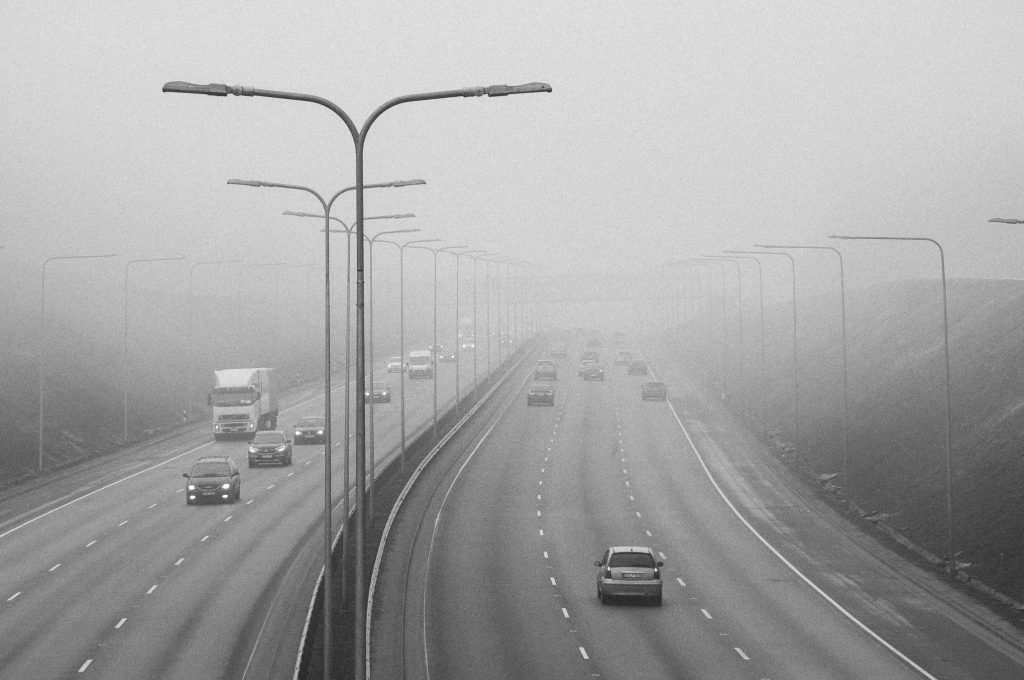
SAFAR data shows areas like Anand Vihar and Jahangirpuri recorded AQI above 460, while greener zones like Lodhi Road remained above 390.
Inside the Numbers: How the Delhi Air Crisis Reached Breaking Point
Delhi’s air has worsened faster than expected this year.
After Diwali celebrations, the Delhi air quality crashed due to a toxic mix of firecracker smoke, low wind speed, and stubble burning from neighbouring states.
Within 48 hours post-Diwali, Delhi’s air AQI rose by over 100 points, making it unsafe even for healthy adults.
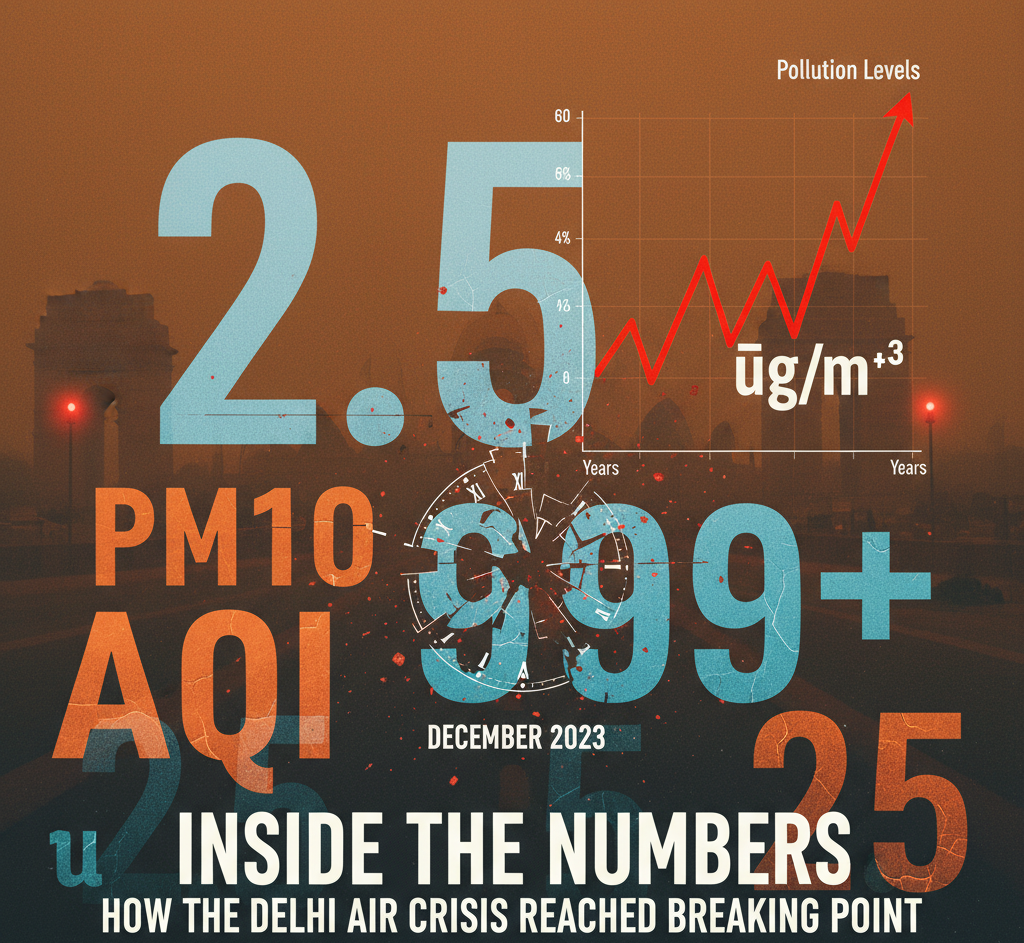
| Parameter | 2024 (Post-Diwali) | 2025 (Current) | Change |
|---|---|---|---|
| Average AQI (24-hr) | 367 (Very Poor) | 442 (Severe) | +20% |
| PM2.5 (µg/m³)** | 280 | 350+ | +25% |
| Visibility | 2.1 km | 1.3 km | Declined |
Seeing these numbers, can anyone ignore how dangerously the Delhi air has worsened?
What’s Choking Delhi Air — From Smog to Stubble Fires
The Delhi air pollution surge results from multiple factors acting together:
A simple morning walk seems to be inhaling smoke only.

Firecracker Fallout
Diwali fireworks added massive smoke, creating smog that lingered. AQI in some areas crossed 450 within hours.
Stubble Burning in Punjab & Haryana
Satellite data detected 2,000+ fire spots, contributing to the toxic Delhi air.
Vehicle & Industrial Emissions
Over 1.4 million vehicles and unregulated construction produce daily pollutants.
Weather & Wind Trapping
Low wind speed (5 km/h) prevents dispersal, keeping the Delhi air hazardous.
Until these sources are tackled, the Delhi air will keep reminding us whose really paying the price for our lungs.
The Human Cost: How Toxic Delhi Air Is Affecting Lives
The health impact of Delhi air pollution is severe:
- Hospital visits rose 22%, especially among children and the elderly.
- AIIMS doctors warn long-term exposure could reduce life expectancy by up to 11 years.
- Schools limit outdoor activity; GRAP is activated, stopping construction and restricting diesel vehicles.
- Daily life includes burning eyes, coughing, and fatigue. Even air purifiers are often sold out.
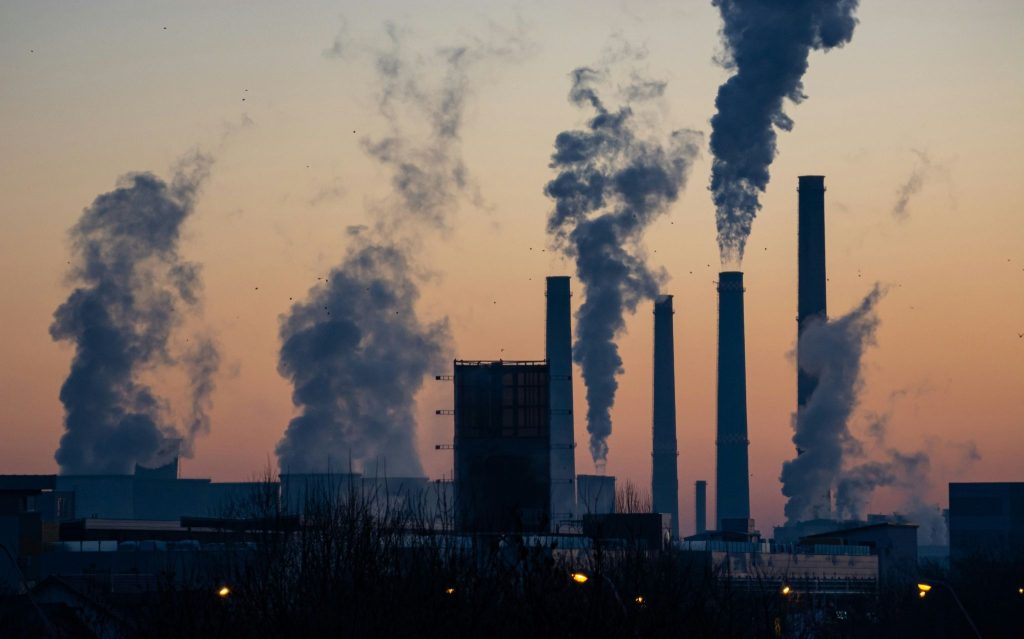
Imagine living each day with the Delhi air this toxic — is your family prepared?
Comparing Delhi Air: How the Capital Fares Against Other Cities
During the air pollution crisis in Delhi, it was established how AQI and PM2.5 compared with other major Indian cities on the same day.
| City | AQI (24-hr average) | PM2.5 (µg/m³) | Air Quality Status |
| Delhi | 442 | 350+ | Severe |
| Mumbai | 165 | 80 | Moderate |
| Lucknow | 270 | 180 | Very Poor |
| Bengaluru | 110 | 60 | Satisfactory |
| Kolkata | 200 | 120 | Poor |
Conclusion: Delhi Air Needs Urgent Action, Not Just Alerts
The Delhi air red flag is real. Temporary restrictions are not enough.
Experts stress long-term solutions: clean energy, vehicle regulation, stubble burning reduction, and urban greening.
Until then, the Delhi air remains a health threat.
Take action: check daily AQI, wear N95 masks, and protect your family.
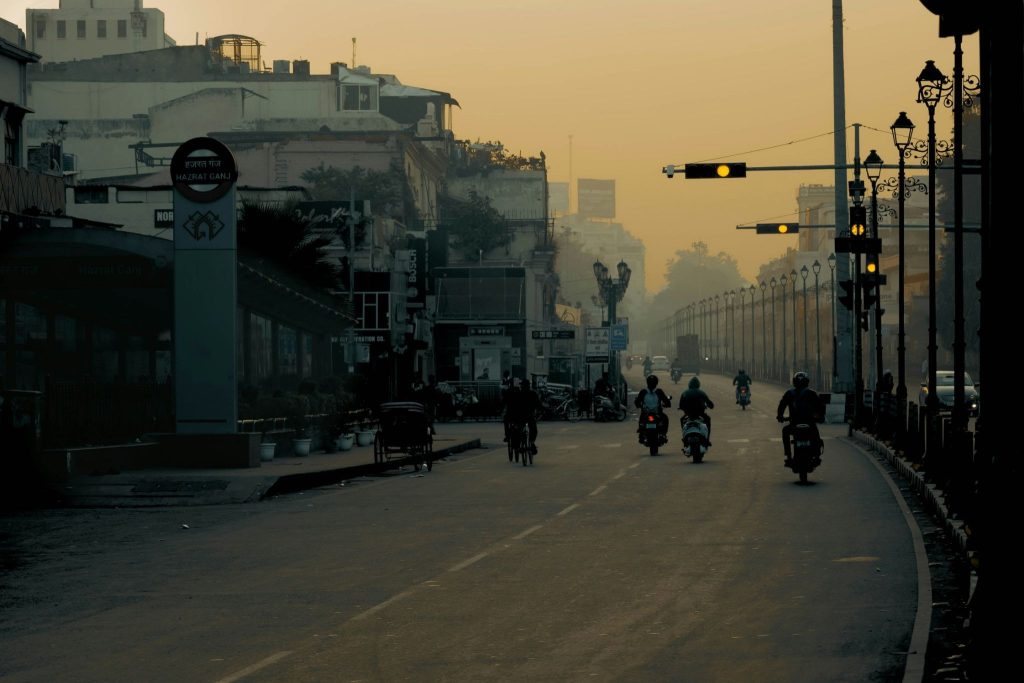
Don’t wait until the Delhi air makes your health pay the price.
Action now — check daily AQI, use masks, and protect your family before it’s too late!
FAQs About Delhi Air Pollution
1. Why is Delhi’s air so toxic after Diwali?
Firecrackers, winter smog, and stubble burning spike PM2.5, worsening Delhi air quality.
2. What is the current AQI in Delhi?
AQI readings are above 440, categorized as severe.
3. How does Delhi air pollution affect health?
High PM2.5 can cause respiratory, heart issues, and fatigue in children & adults.
4. Can masks protect against Delhi air pollution?
N95/N99 masks reduce exposure, but staying indoors with air purifiers is safer.
5. Are there long-term solutions for Delhi’s air?
Reducing firecrackers, vehicle emissions, and stubble burning while boosting green initiatives can help.
6. When does Delhi air quality improve?
Post-winter, when the weather disperses pollutants, but systemic solutions are essential.

